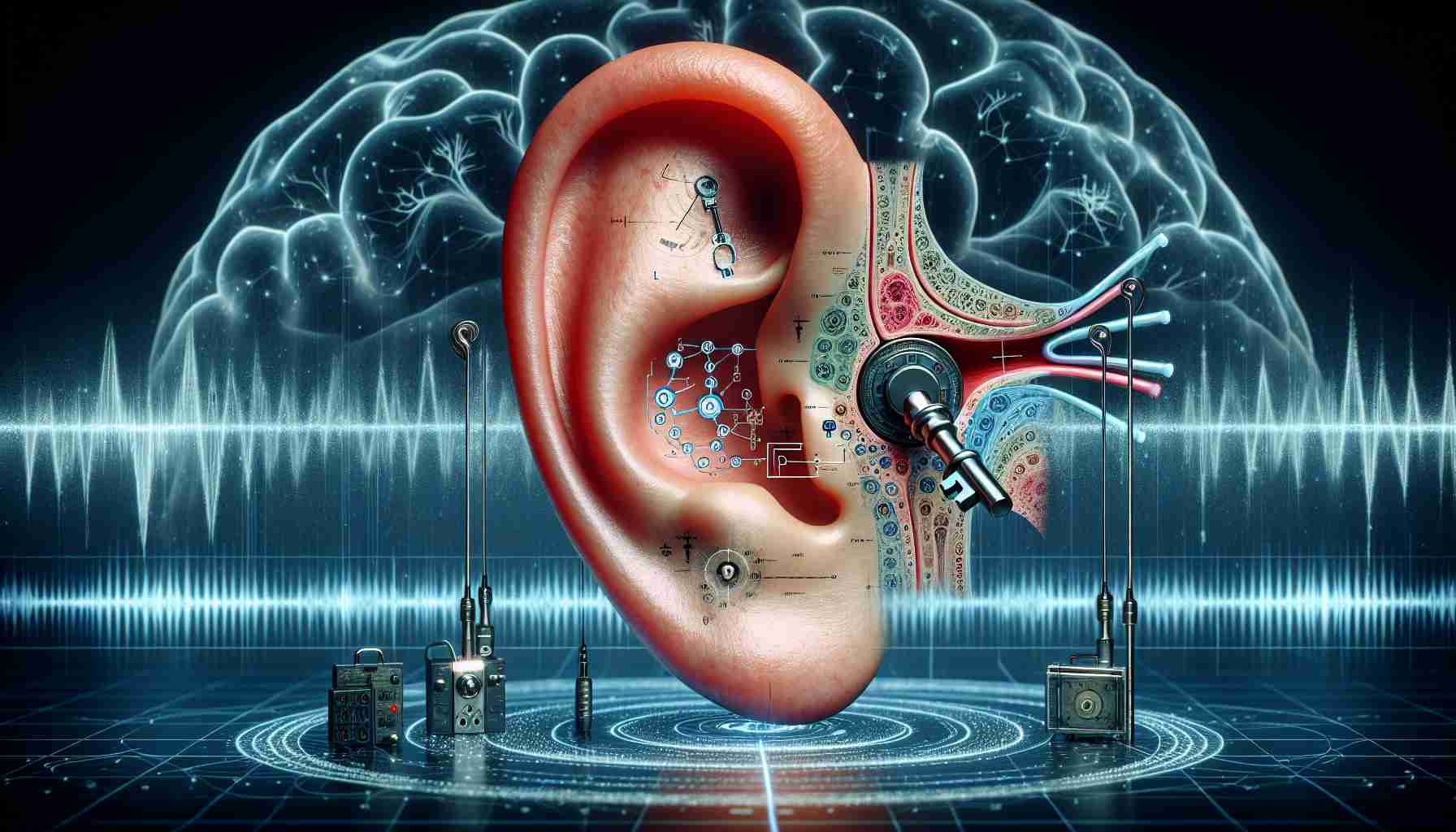Cilcare, a pioneering biotechnology company at the forefront of auditory research and therapeutic innovations, has embarked on a groundbreaking journey to unravel the complexities of synaptopathy through its innovative SAIPHIE project. This project, selected as part of the visionary “i-Démo” call for projects under the France 2030 plan, is poised to redefine the landscape of age-related hearing impairments.
The Enigma of Synaptopathy Unveiled
Synaptopathy, a subtle precursor to age-related hearing loss, presents a formidable challenge in today’s fast-paced and noisy world, affecting a significant portion of the global population. Strikingly underdiagnosed, this condition poses a grave threat to auditory health, particularly in individuals with chronic inflammatory and neurodegenerative diseases. Through cutting-edge research, Cilcare aims to shed light on this enigmatic disorder, paving the way for tailored interventions and improved outcomes.
Cilcare’s Innovative Approach
With a strategic focus on merging advanced technology with clinical expertise, Cilcare is spearheading transformative initiatives to combat synaptopathy. By harnessing the power of artificial intelligence and proprietary algorithms, the company is revolutionizing patient care and drug discovery in the auditory domain. The curated SAIPHIE project embodies a holistic approach, integrating novel diagnostic tools with groundbreaking medications to target synaptopathy with unparalleled precision.
Redefining the Future of Auditory Healthcare
As Cilcare continues to push the boundaries of auditory science, its unwavering commitment to innovation and patient-centric care remains steadfast. By unraveling the mysteries of synaptopathy and advancing personalized treatment strategies, Cilcare is poised to shape a future where hearing impairments are no longer a barrier to a fulfilling life. Join the journey towards a world where sound is not just heard but truly experienced.
The Complexity of Synaptopathy: Exploring Uncharted Territories
While synaptopathy is increasingly recognized as a critical factor in age-related hearing impairments, there are numerous dimensions to this condition that warrant further investigation. One key question that arises is whether there are specific genetic factors that predispose individuals to synaptopathy, potentially unlocking avenues for early detection and intervention. Additionally, understanding the intricate interplay between environmental factors and synaptopathy could provide vital insights into preventive measures and targeted therapies.
Challenges and Controversies in Synaptopathy Research
One of the primary challenges in unraveling the mysteries of synaptopathy lies in the complexity of the auditory system itself. The intricate network of synapses and neurotransmitters presents a formidable obstacle to comprehensive understanding, necessitating innovative approaches and interdisciplinary collaboration. Moreover, controversies surrounding the diagnostic criteria for synaptopathy raise questions about standardization and reliability, highlighting the need for consensus within the scientific community to drive progress effectively.
Advantages and Disadvantages of Cutting-Edge Auditory Science
The integration of cutting-edge technology in auditory research offers unprecedented advantages, enabling researchers to delve deeper into the mechanisms of synaptopathy and explore novel therapeutic targets. From high-resolution imaging techniques to advanced data analytics, these tools provide new perspectives and avenues for innovation. However, the reliance on sophisticated technology also poses challenges related to accessibility, cost-effectiveness, and data privacy concerns, underscoring the importance of balancing technological advancements with practical considerations in the pursuit of scientific advancement.
For further insights into the evolving landscape of auditory science and the implications of synaptopathy research, you may explore the latest developments on Cilcare’s website. Join us on this transformative journey towards unlocking the intricate mysteries of synaptopathy and shaping the future of auditory healthcare.



















